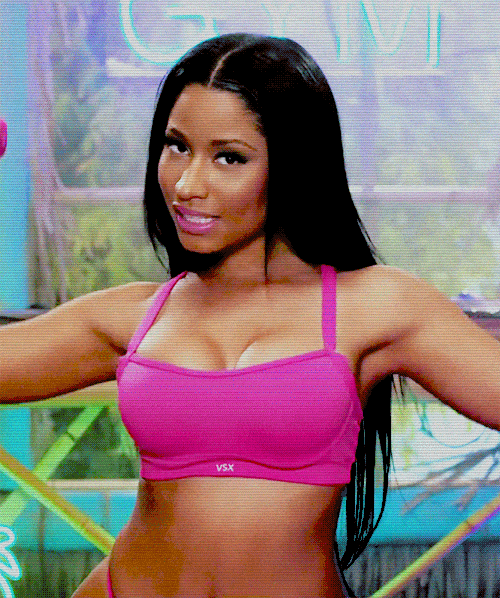Nicki Minaj has done it again.
With the release of her masterpiece ‘Anaconda’, Minaj has once again disrupted both the world of hip-hop and the world of feminism. Released on Tuesday, the video had already been viewed more than 15million times just 24 hours later (it’s since almost doubled that). While her success is evident, Minaj is no stranger to criticism, with feminists old and new, black and white, releasing statements and opinion pieces claiming she is far from one of them. The conversation on Minaj’s feminism seems to get tied up between two butt cheeks; the booty shaking ever-prevalent in Minaj’s videos (especially Anaconda) have some feminists raising their eyebrows.
Through the controversy, Minaj has been outspoken about her identity as a feminist. Being an outspoken woman in hip-hop—a genre of music that is constantly at war with itself over ideas of women and sex—seems proof enough to me that Minaj is, in fact a feminist. By occupying male space in the entertainment industry and utilizing her lyrical prowess, Minaj has claimed ownership over both the space she takes up in hip-hop and her bodily identity as a woman.
The genius of Anaconda lies in Minaj’s ability to re-purpose a song originally created to glorify the male gaze – as well as male entitlement to a woman’s body. Minaj takes an old song that celebrates a man’s desire for a specific type of body and turns it into a edgy song, throughout which she spits about her sexual escapades – a poetic triumph typically reserved for men.
Throughout the video, viewers enjoy the skilled booty shaking of Minaj and her back-up dancers. Unlike Miley Cyrus circa We Can’t Stop’s cultural appropriation catastrophe, Minaj’s gestures and lyrics seem to empower the women with whom she dances rather than reducing them to props in her music video. She dances with them rather than above them, if they’re humping the floor, so is she. If she’s working out in the gym, so are they. The opening of her music video has Minaj holding a powerful position and gaze with the camera, while her dancers do the very same – there seems to be a moment of solidarity here which is further realized in the video’s fitness class segment, where Minaj is working out and interacting with her dancers, shining light on their humanity rather than just their bootays. They’re all workin’ on the bods they use to twerk later. Booty-shakers who work out together, stay together.
Near the end of the song, Minaj laughs at us. She blatantly, literally laughs at us and it’s amazing. Her shrill laughter, after suggesting she carries a gun in her purse because she “comes just to kill,” smashes the invisible wall between viewer and artist; Minaj is inviting the viewer to laugh at the prospect of a woman being anything but empowered in her own body. She then suggests that all ‘skinny women” in the club ain’t got nothing on women such as herself, whom we can tell “don’t miss meals.” Minaj consistently address size and body types throughout the video, suggesting that she eats well, works out and loves her curves and booty – and that you should too. In the face of an industry that glorifies skinny, Minaj takes a feminist stance against body-shaming and invites us to love our big butts and shake them too.
The pinnacle moment of the video comes at the very end when Minaj slaps Drake’s hand away from grabbing her mid-lapdance, as if to say “this is mine, not yours.” Her booty and her body don’t exist for Drake or anyone else. In this moment Minaj intentionally disrupts the male gaze by walking away from it and in turn, rejecting it.
While the entertainment industry is constantly producing videos, music, film and television through and for the gaze of men, Minaj’s Anaconda is a refreshing break that plays with this idea, spinning on its head without denying her own body and womanhood – that is, without covering her body and staying hush-hush about sex. Perhaps most importantly, Minaj embraces her womanness, her sexuality and her body in a culture that denies space for this embrace.



 Follow Us On Instagram
Follow Us On Instagram
